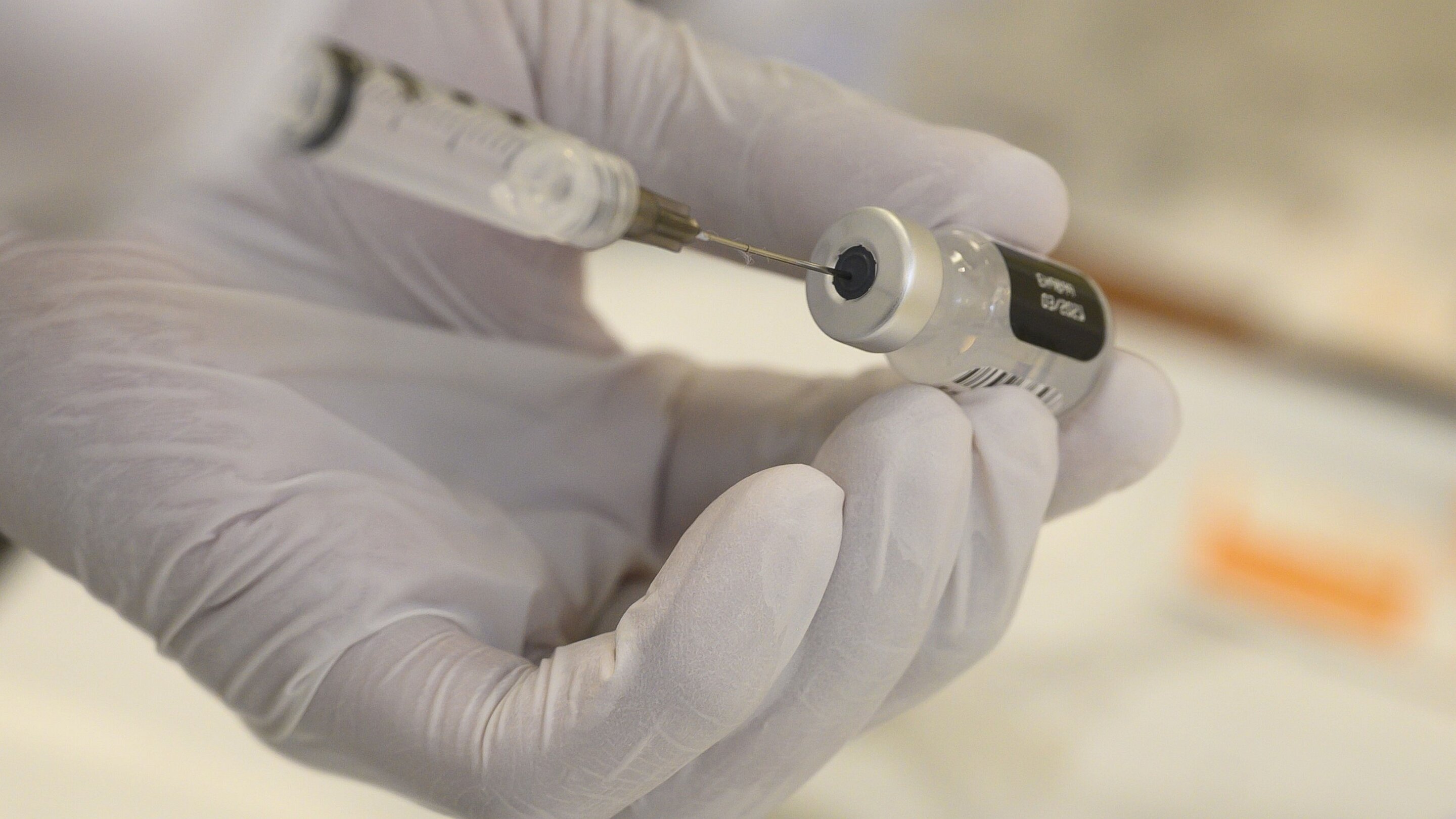#Plant living with only one leaf reveals fundamental genetics of plant growth
“#Plant living with only one leaf reveals fundamental genetics of plant growth”

Clinging to the walls of tropical caves is a type of plant with a single leaf that continues to grow larger for as long as the plant survives. Researchers at the University of Tokyo hope that their study of this unusual species may help inspire future genetic tools to control the size of common crop plants.
“We are pleased that we finally made a small breakthrough studying this plant,” said Professor Hirokazu Tsukaya, who led the recent research project.
The plant’s scientific name, Monophyllaea glabra, means “hairless species of one-leaf plant.” M. glabra sprouts from a seed with two embryonic leaves called cotyledons, but only one of the cotyledons continues to develop into a leaf.
All Monophyllaea species grow one leaf that, as far as scientists have observed, can continue growing bigger as long as the plant lives. Most plants have no limit on the number of leaves they can grow, but those leaves do have a predetermined maximum size.
Tsukaya first tried working with Monophyllaea in the early 1990s after a trip to see the plants growing in their native habitat in Thailand.
“Monophyllaea like to live in limestone caves in Southeast Asia. If you have a chance to go there, you can see these plants easily,” said Tsukaya.
The same curious biology that made the plants so interesting also made them challenging to study with new genetic tools being designed at the time for more common species with immediate agricultural or medical relevance. After a decadeslong hiatus while other molecular techniques developed, the project to understand Monophyllaea began again recently when doctoral student and first author of the research paper Ayaka Kinoshita joined the lab.
“I believe ours is the only lab in the world currently studying this species,” said Tsukaya.
Understanding what makes Monophyllaea unique required tools that could see the location and activity level of genes early in the leaf’s development. A technique known as whole-mount in situ hybridization allows researchers to preserve whole chunks of an organism, not just thin slices, and lock in place all of the genetic material the cells were using at the time of their death. The technique is commonly used in animal tissue, but is more complicated to use in plants because of the stiff outer cell wall around plant cells.
“Luckily, another of our lab members, Assistant Professor Hiroyuki Koga, is a true professional at using the whole-mount system and he persisted to develop a suitable method for plants,” said Tsukaya. Koga is the second author of the research publication and was able to perfect a technique to preserve entire three-week-old Monophyllaea plants.
In plants with standard anatomy, the gene SHOOT MERISTEMLESS (STM) is expressed in cells at the growing tips of stems, referred to as the shoot meristem. Additionally, the gene ANGUSTIFOLIA3 (AN3) is expressed in very young leaves to promote the multiplication of cells that form the leaf.
“With our naked eye, we cannot see any shoot meristem in Monophyllaea. So we want to know, is it lost or is it modified?” explained Tsukaya.
Instead of separating the location and timing of STM and AN3 gene expression, young Monophyllaea showed overlapping expression of the two genes. Researchers say that what looks like a simple leaf in Monophyllaea is actually a combination or fusing of the shoot meristem and leaf.
“In Monophyllaea, the expression areas overlap, suggesting this plant is a hybrid of a normal leaf and shoot meristem. We suppose this curious gene expression pattern is one reason why the plant has such a curious appearance,” said Tsukaya.
Researchers state that understanding how unusual species like M. glabra evolved to use common genes in uncommon ways will help agricultural scientists develop tools for controlling the size of leaves for optimal farming cultivation in the future.
“We study M. glabra because the characteristics of Monophyllaea development are very unique and they cannot be found in any mutants of common laboratory plants. Dealing with the unique phenomenon can definitely provide new insights to plant science,” said Tsukaya.
More information:
Ayaka Kinoshita et al. Expression Profiles of ANGUSTIFOLIA3 and SHOOT MERISTEMLESS, Key Genes for Meristematic Activity in a One-Leaf Plant Monophyllaea glabra, Revealed by Whole-Mount In Situ Hybridization, Frontiers in Plant Science (2020). DOI: 10.3389/fpls.2020.01160
Plant living with only one leaf reveals fundamental genetics of plant growth (2020, August 25)
retrieved 25 August 2020
from https://phys.org/news/2020-08-leaf-reveals-fundamental-genetics-growth.html
This document is subject to copyright. Apart from any fair dealing for the purpose of private study or research, no
part may be reproduced without the written permission. The content is provided for information purposes only.
If you want to read more Like this articles, you can visit our Science category.
if you want to watch Movies or Tv Shows go to Dizi.BuradaBiliyorum.Com for forums sites go to Forum.BuradaBiliyorum.Com




